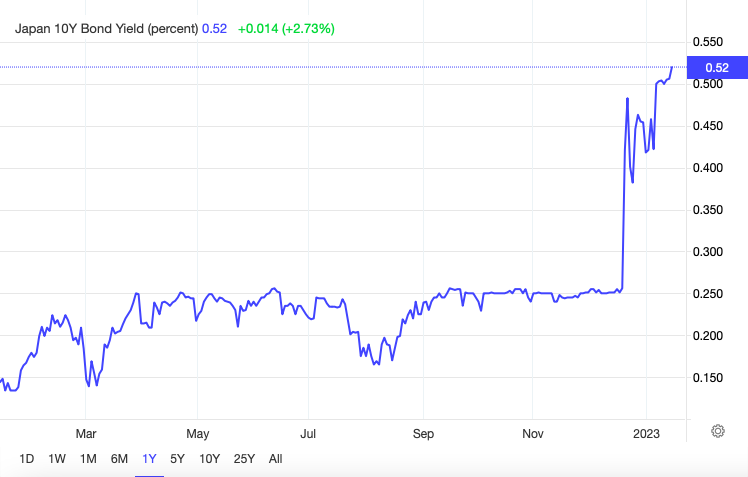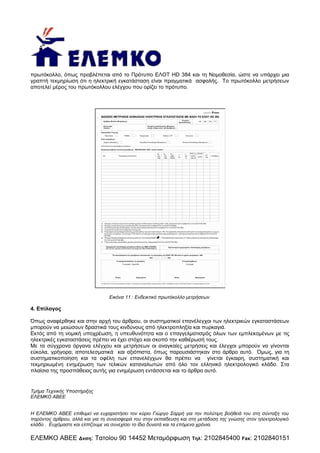Japan's Economy Faces Pressure From A Steepening Bond Yield Curve

Table of Contents
The Mechanics of a Steepening Yield Curve in Japan
Understanding the steepening yield curve requires grasping its core components. The yield curve illustrates the relationship between the interest rates (yields) and the maturities of Japanese Government Bonds (JGBs). A normal yield curve slopes upward, indicating that longer-term bonds offer higher yields to compensate investors for the increased risk associated with longer holding periods. A steepening yield curve means this upward slope is becoming more pronounced – long-term JGB yields are rising more quickly than short-term yields.
- Definition of a yield curve and its components: The yield curve plots the yields of JGBs of various maturities, ranging from short-term (e.g., 1-year) to long-term (e.g., 10-year or 30-year) bonds.
- Why a steepening curve can signal economic concerns: A steepening curve often suggests growing expectations of future inflation or a tightening of monetary policy. Investors demand higher yields on longer-term bonds to offset the eroding purchasing power of their returns due to anticipated inflation.
- Current state of the JGB yield curve and its recent trajectory: Currently, the JGB yield curve is exhibiting a significant steepening trend, reflecting concerns about rising inflation and the BOJ's policy adjustments. This upward trajectory poses a critical challenge to economic stability.
- Impact of inflation expectations on long-term rates: Rising inflation expectations are a key driver of the steepening curve. Investors anticipate higher inflation in the future, demanding higher yields on long-term JGBs to compensate for the expected loss of purchasing power.
The Bank of Japan's Response and its Limitations
The BOJ, tasked with maintaining price stability and supporting economic growth, has implemented various monetary policies, including quantitative easing (QE) and yield curve control (YCC), to manage interest rates. However, the recent steepening yield curve highlights the limitations of these tools.
- BOJ's current monetary policy framework: The BOJ's framework centers on maintaining ultra-low interest rates and expanding the monetary base through QE. YCC aims to keep the 10-year JGB yield around zero.
- Explanation of Yield Curve Control (YCC) and its limitations: YCC, while initially successful in suppressing long-term yields, is proving increasingly difficult to maintain as inflation pressures mount. The BOJ’s intervention in the market becomes more costly and less effective as the curve steepens.
- Analysis of the BOJ's recent interventions in the JGB market: The BOJ has been intervening in the JGB market to control the yield curve, but these interventions have become increasingly frequent and costly, raising questions about their long-term sustainability.
- Potential consequences of maintaining current policy: Persisting with the current policy could lead to increased market volatility, potentially undermining the BOJ's credibility and exacerbating inflationary pressures.
Impact on Japan's Economy and Key Sectors
The steepening yield curve has wide-ranging consequences for Japan's economy. Higher interest rates translate into increased borrowing costs, affecting businesses, consumers, and the government alike.
- Increased borrowing costs for businesses and the government: Rising interest rates make it more expensive for businesses to invest and expand, potentially slowing economic growth. The government also faces higher borrowing costs, increasing the burden of its already substantial debt.
- Impact on corporate investment and expansion plans: Higher borrowing costs can lead to a reduction in corporate investment, hindering productivity gains and overall economic expansion.
- Effect on consumer spending and household debt: Increased interest rates on mortgages and other loans can curb consumer spending and increase household debt burdens.
- Potential for increased volatility in the financial markets: The uncertainty surrounding the BOJ's response and the evolving yield curve can trigger increased volatility in financial markets.
- The strength of the yen and its sensitivity to interest rate changes: Changes in interest rates can significantly affect the value of the yen, potentially impacting Japan's trade balance and international competitiveness.
The Risk of Increased Inflation
The steepening yield curve contributes to inflationary pressures in several ways. Rising interest rates increase the cost of production, potentially leading to cost-push inflation.
- How rising interest rates can translate into higher prices: Higher borrowing costs are passed on to consumers through increased prices for goods and services.
- The interaction between wage growth and inflation: If wage growth fails to keep pace with rising prices, it can lead to a decline in real wages and further fuel inflationary pressures.
- The possibility of cost-push inflation due to increased borrowing costs: Increased borrowing costs for businesses translate into higher production costs, which are often passed on to consumers in the form of higher prices.
Conclusion
The steepening of Japan's bond yield curve presents a formidable challenge to the nation's economic stability. The BOJ's efforts to manage the curve through YCC and interventions are facing increasing limitations, and the consequences for various sectors, including inflation, economic growth, and the value of the yen, are significant. Understanding the interplay between rising interest rates, inflation expectations, and the BOJ's policy responses is crucial. Stay updated on the evolving situation of Japan's economy and the steepening bond yield curve to navigate this complex economic landscape. Further research into the BOJ's policy decisions and their long-term effects is essential for understanding the future trajectory of Japan's economy and its ability to manage this significant challenge.

Featured Posts
-
 I Ypodoxi Toy Tramp Sti Saoydiki Aravia Mia Meleti Politikis Kai Protokolloy
May 17, 2025
I Ypodoxi Toy Tramp Sti Saoydiki Aravia Mia Meleti Politikis Kai Protokolloy
May 17, 2025 -
 Giants Vs Mariners Injury Report April 4 6 Series
May 17, 2025
Giants Vs Mariners Injury Report April 4 6 Series
May 17, 2025 -
 2025s Best No Verification Casinos 7 Bit Casino Stands Out
May 17, 2025
2025s Best No Verification Casinos 7 Bit Casino Stands Out
May 17, 2025 -
 1 050 V Mware Price Increase At And T Sounds The Alarm On Broadcoms Proposal
May 17, 2025
1 050 V Mware Price Increase At And T Sounds The Alarm On Broadcoms Proposal
May 17, 2025 -
 Angelo Stiller Transfer Update German Medias Perspective And Its Implications For Liverpool
May 17, 2025
Angelo Stiller Transfer Update German Medias Perspective And Its Implications For Liverpool
May 17, 2025
